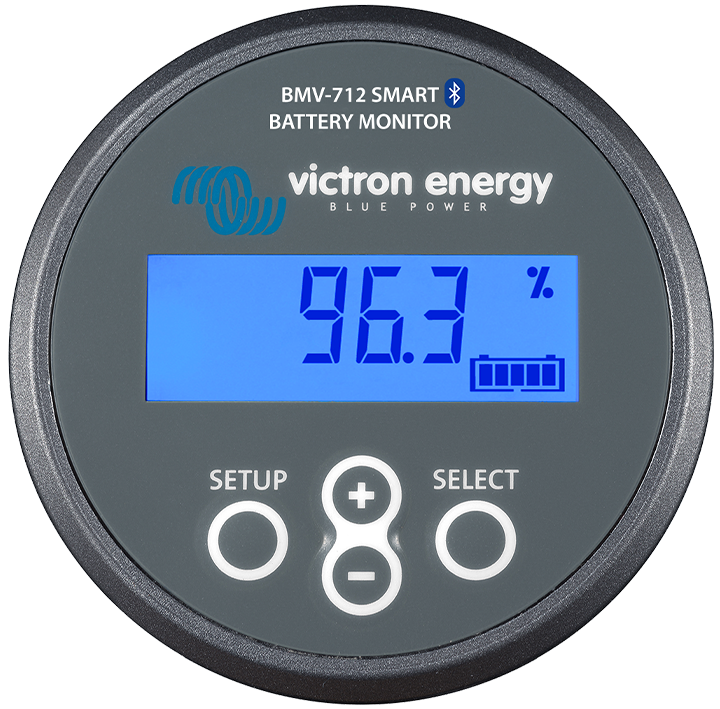Difficult to remotely troubleshoot wiring.... suggest tracing the wires from each battery switch.
The house battery should be fused within
18 inches.(7 inches) The easiest way to do this is with an MRBF fuse if you don't have an inverter. Only the battery charger and bilge pump should be connected direct to the battery (each with their own fuse).
Wing nuts are a big no-no on a boat (was this picked up on your survey)? Overall the wiring looks ok. You don't have more than 4 ring terminals to any one stud. The batteries appear to be strapped down which is good.
I'm guessing the battery on the left is your start battery (AGM) and the batteries on the right (flooded) are the house batteries? Depending on manufacturer, they may require different charge voltages. Is your AC shore power charger adjusted for AGM or flooded cells? Ideally, all batteries are the same type with the AC charger adjusted to the appropriate mode (so you're on the right track!).
The positive terminals should be protected by a red rubber boot.
If you retain the flooded batteries, the charger should be located as far as possible from the batteries, as the batteries can release corrosive gas when they charge.
If your 1-2-off switch is wired to start and house batteries, it may be worth considering to a dual circuit OFF-ON switch with an ACR. With this setup, the alternator will automatically charge both batteries. You then only need the AC shore power charger connected to one battery. It is possible that the 1-2 switch is designed for two house banks as well. Can you start the engine with the 1-2 switch in the OFF position?
Simplifies switching and automates charging for a complete two battery bank solution.

www.bluesea.com
or
Simplifies switching and automates charging for a complete two battery bank solution.

www.bluesea.com
And might as well consider a power monitor...
Communicate wirelessly between products and simplify system installation and enhance performance using the BMV-712 Smart. Find a dealer now.

www.victronenergy.com
Overall, looks pretty good! I've seen a lot lot worst.






